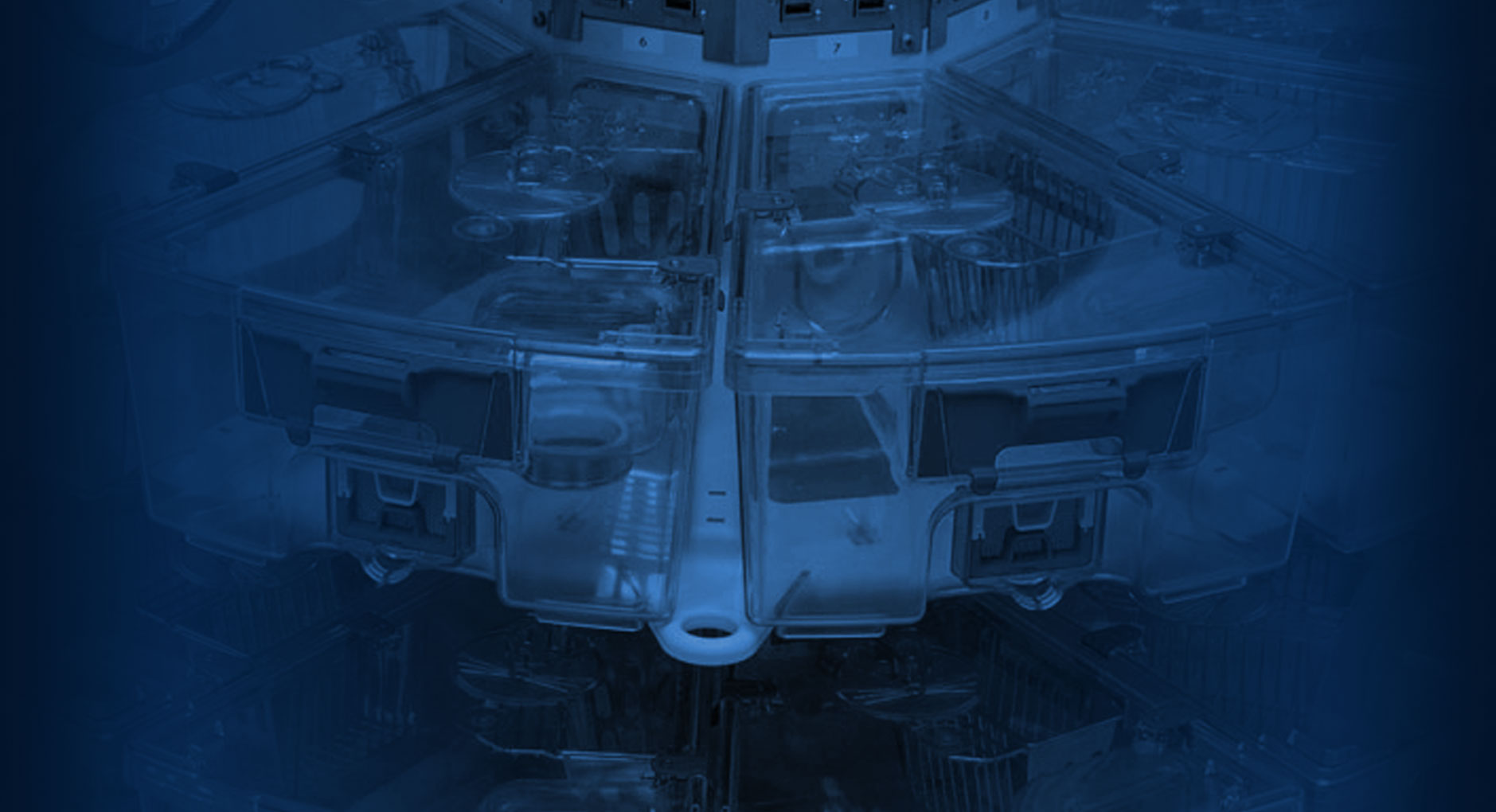Queensland Institute of Medical Research – Bancroft Centre
Suzanne Cassidy
Facility Manager
The Queensland Institute of Medical Research is one of the largest medical research institutes in the southern hemisphere, with programs in areas such as cellular and molecular sciences, epidemiology and population health, human genetics, cancer biology, biotechnology, infectious diseases and vaccine development.
We have had the M.I.C.E. and Optimice caging systems in use in our animal facility since October 2005.
The focus of animal-based research at QIMR covers work in the areas of Transgenic Mouse production, maintenance of several breeding lines, cancer research, tropical and infectious diseases, and vaccine technology. We currently have 6,000 cages in operation and will expand housing capacity to over 16,000 cages in the near future, with the addition of a new experimental facility.
A large component of our animal-based research is conducted using Nude and SCID mice. Previously these strains of mice were housed in static microisolator cages, which resulted in increased variables within the research.
We also have several strains of Knockout and Transgenic strains with phenotypes which render them immuno-compromised, environmentally sensitive and poor breeders.
Our experience with the caging systems has produced positive outcomes in all areas of our animal-based research. We have noted an increased production rate in all breeding lines, a reduction in variables in research outcomes and reduced aggression in grouped males. We have also found the changing of cages on a fortnightly basis has produced a sounder environment for the housing of mice, as the disturbances of standard husbandry practices, previously carried out on a weekly basis, were a contributing factor in many of the variables in our research outcomes. The use of change stations and biohazard cabinets when accessing mice has also eliminated the exposure to common air exchange and maintained the individual containment of each cage.
The cage design allows technical staff the ability to observe the animals in each cage without removing them from the rack. The cage also provides environmental stimuli for the animals as the design includes platforms and climbing areas, resulting in more activity. This increased activity in healthy mice allows the identification of animals that require attention due to illness. Components, such as the Unimice dividers have also allowed us to reduce the housing of singularly caged animals and increase the overall holding capacity of the facility.
The M.I.C.E. and Optimice systems have proved to be an invaluable asset in the future of animal-based research at QIMR.



